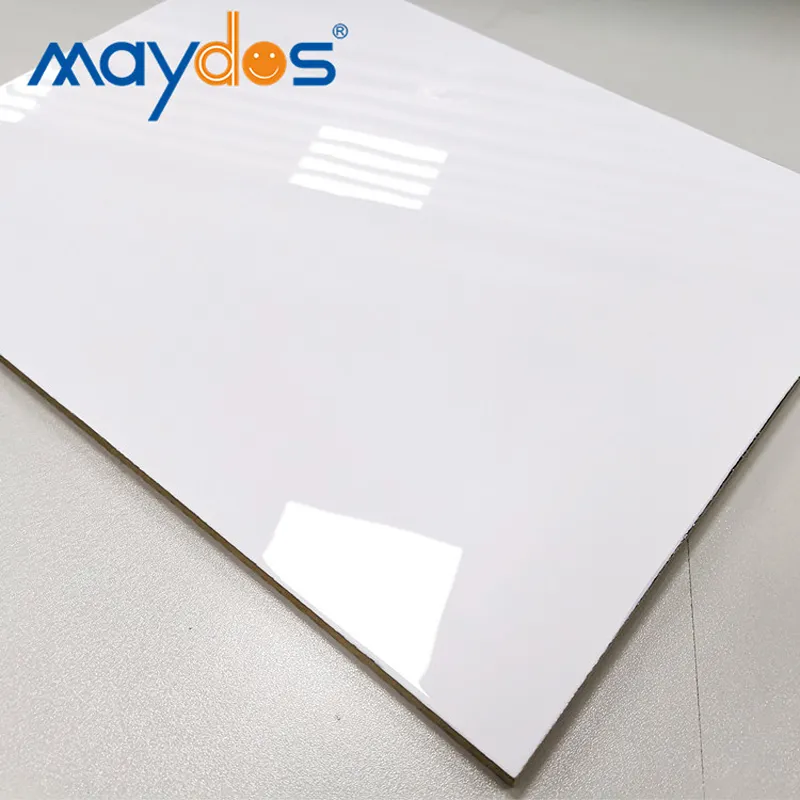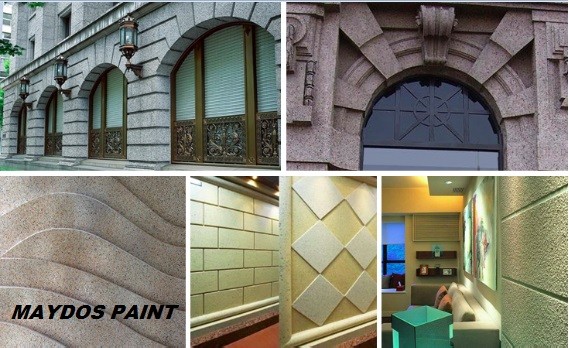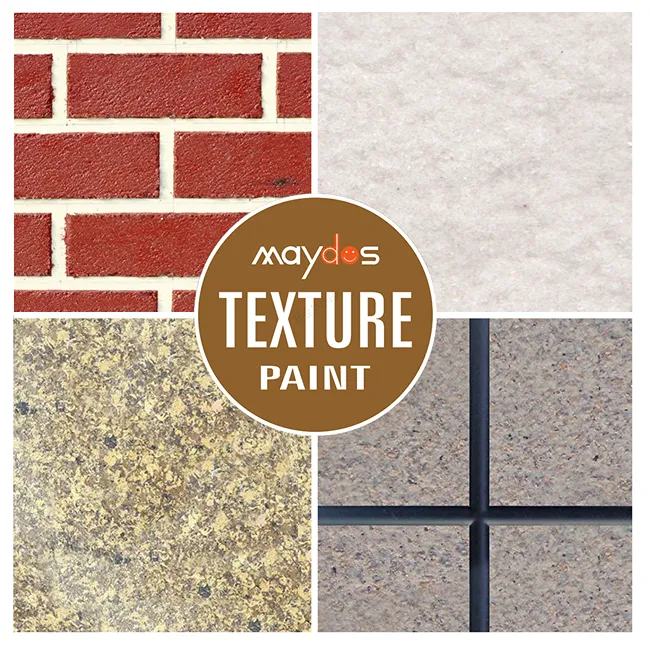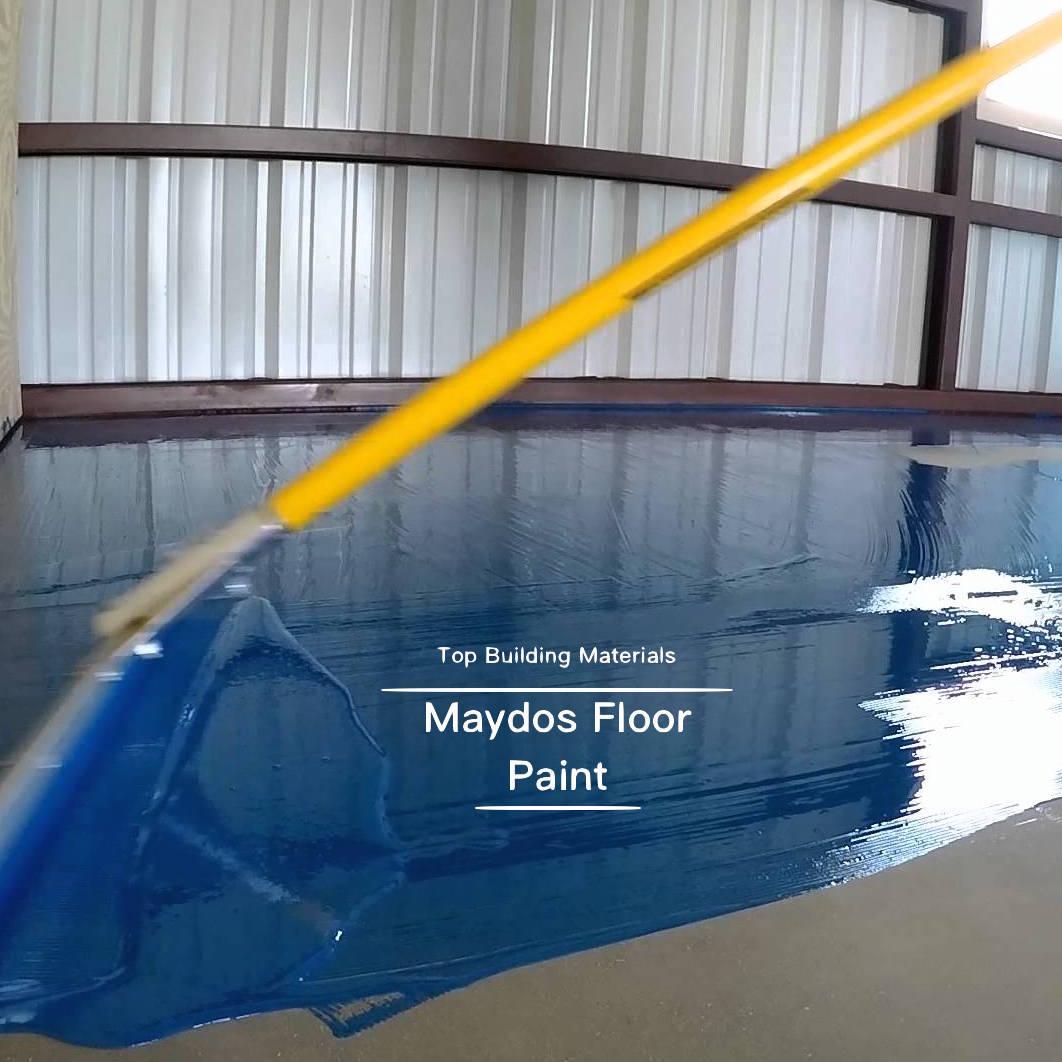Epoxy Floor Paint
Unlike ordinary floor paint, epoxy floor paint is a durable coating that resists impacts, stains, and chemicals. Additionally, it is dust resistant. Unlike other floor coatings, epoxy paint creates a barrier and does not penetrate the pores. The dusty powder left behind by other coatings is disturbed by traffic and stored items. Additionally, it is water resistant, meaning spills and other chemicals will not penetrate the finish. These benefits make epoxy floor paint an excellent choice for industrial flooring.
Metallic epoxy coatings
Metallic epoxy coatings are excellent options for a number of indoor applications. Unlike traditional epoxy floor paint, this coating contains no VOCs and emits a low odor. It is easy to clean and maintain, making it the ideal choice for areas where people are likely to track in dirt and spills. Its advantages make it an excellent choice over other flooring materials, such as carpet, vinyl tile, or gray concrete.
When installing metallic epoxy coatings, professional installers use a variety of tools to create dramatic decorative effects. These include sprinkling solvents into the uncured layer to scatter the metallic pigment. Installers may also use a leaf blower or a notched squeegee to move the epoxy around. They can also drizzle metallic pigment over the base color to create color variations. Only the installer’s creativity limits the effects, and the final product will never look cookie-cutter.
In addition to enhancing the colors of a single color floor, metallic floors can add a dazzling shimmering effect. Some metallic flooring options are even translucent, allowing you to see the floor’s underpinnings through the coating. These floors can also be applied over different base colors for a blend of hues. Metallic epoxy coatings are great for garage floors, and will make your entire floor look spectacular.
Choosing the right metallic epoxy coating can be difficult. Choose a coating that does not contain “induction time,” which is an important feature in epoxy coating. Cheaper metallic coatings may exhibit crystallization. Excess moisture and changes in temperature may cause a metallic epoxy coating to develop tiny specks. These specks are not permanent, however. Regardless of the type of coating you choose, it is important to choose one that meets your needs.
Metallic epoxy coatings are just as hardwearing as regular epoxy. They are highly resistant to chemicals, water, oil, and salt, and reflect light well. However, metallic epoxy coatings may be slippery when wet, so be aware of this before you decide on one. If you do opt for metallic epoxy coatings, be sure to ask a professional to help you install the coating. This investment will be well worth it once it is done.
Easy to apply
There are two types of epoxy floors: light and industrial. Typically, the industrial type will require a thickness of 18 millimeters, while the lighter type will require only a thin coating. Both types of floor paint should have the same non-slip additive to create a safe and durable floor. Easy to apply epoxy floor paint should be applied in sections that are 10 x 10 feet or larger. A floor primer coat is an essential first step in preparing an epoxy floor.
The first step in applying an epoxy floor paint is to clean the surface and ensure that doors and windows are closed. You will need to purchase a high-quality roller, and some people will use a squeegee to spread out the product. You’ll also want to wear spiked shoes, which will make it easier to inspect the wet coating while you’re working. Once you’ve completed this step, it’s time to apply the second coat.
The good news is that the epoxy floor paint is surprisingly affordable, even when compared to a conventional heavy-duty floor. Depending on the type of floor, it can be applied by a homeowner, or it can be applied by a professional. Because the epoxy has a high-build formulation, it will provide a firm, thick surface that won’t need to be repainted every six months or so.
Another benefit of epoxy floor paint is its ability to protect the floor from damage. Its glossy finish is easy to clean, making it perfect for high-traffic areas. It is even shock-resistant, which makes it perfect for garage floors, factories, and industrial settings. It can also be applied over an existing floor, making it a perfect solution for garage floors with lots of chemicals. You can even add it to an existing floor if you want a new finish.
The main differences between polyurea and epoxy paint are their viscosity and thickness. A polyurea coat is twice as thick as a polyurethane, but should be applied twice for full flake coverage. Applied too thickly, polyurea can cause bubbles, orange peel effects, and a cloudy look. Some polyurea products are solvent-based and contain high levels of VOCs. Wear a mask when applying polyurea. When applying the final coat, always add an anti-slip additive.
Durability
Whether you want to upgrade the look of your floor with new flooring or you are just considering painting the entire floor, you need to know how to make the process go as smoothly as possible. You should follow the rules for installing this flooring, such as removing underlying substances before starting the process. Additionally, you should keep in mind that it takes between 40 to 45 minutes for a large batch of epoxy floor paint to cure. It is also important to check the humidity levels of your home and the humidity level of the area to prevent any damage to the flooring. Excessive moisture can cause the flooring to age more quickly.
Epoxy floor paint is a great option for high-traffic areas, as it is durable and easy to maintain. Additionally, it is shock-resistant and fits well in areas with heavy traffic or that are prone to chemical spills. It is shock-resistant and shields the floor from damage from everyday use, making it an excellent choice for high-traffic areas. A few of its benefits are detailed below. Let us examine how this floor paint works and how it can benefit your home.
First, epoxy is water resistant. It is also resistant to shock, which makes it safer than other types of flooring. However, epoxy is more slippery than other types of flooring, so it is not ideal for high-traffic areas like a gym. Lastly, epoxy paint is very durable, but it will need to be redone eventually. It can develop chips or cracks and will need additional coats to maintain its appearance.
The durability of epoxy floor paint can be improved by installing a floor underlayment under the concrete. For a long-lasting result, you must clean the concrete floor thoroughly before applying the epoxy. Otherwise, it will peel and fall off due to moisture. Also, once the paint dries, it cannot breathe. This can lead to the need to repair or refinish the floor. You should also pay attention to the installation process.
Cost
The price of epoxy floor paint depends on the type of application that you need. You can choose between trowel, roller, or spray application. Epoxies have various advantages over paint. They provide superior bond strength and abrasion resistance. Additionally, they are more flexible than paint. For best results, you should prepare the floor before applying the paint. Epoxy flooring is a good choice for basements, garages, and other areas that receive heavy foot traffic.
Commercial-grade epoxy paints can cost anywhere from $3.50 to $12 per square foot. A high-quality epoxy can last for years. Make sure you choose the highest-quality product. It will save you money in the long run. You can also choose a water-based formula, which is much cheaper. However, it is not as durable as 100% solid epoxy, which can cost $1,500 per square foot. Ensure that you prepare the concrete well before applying epoxy.
An epoxy floor paint kit is a DIY option. It can save you up to 40% compared to hiring a professional. If you are handy with tools and do not mind getting messy, it can save you tens of thousands of dollars. Of course, you should make sure that the finished product will be durable enough to last for years. That way, you’ll save money. You can also do it yourself if you know how.
The price of epoxy floor paint depends on its type and finish. A standard color of epoxy resin will cost you between three to five dollars, which includes the labor and materials required for the concrete slab. A metallic garage floor epoxy, on the other hand, will cost you up to twelve dollars – and the installation process is more involved. A one-pound bag of epoxy floor paint typically covers one-hundred and twenty-five square feet of floor space.
Prices for polymer and polyurethane sealers vary widely. Water-based epoxy tends to need a new coat every few years, and a three-gallon bag of polyurea will set you back $50-$100. The latter two materials, however, cost more than water-based epoxy but may last for longer. In addition, the use of water-based epoxy is not recommended for exterior applications as it can yellow and lose its durability.





















